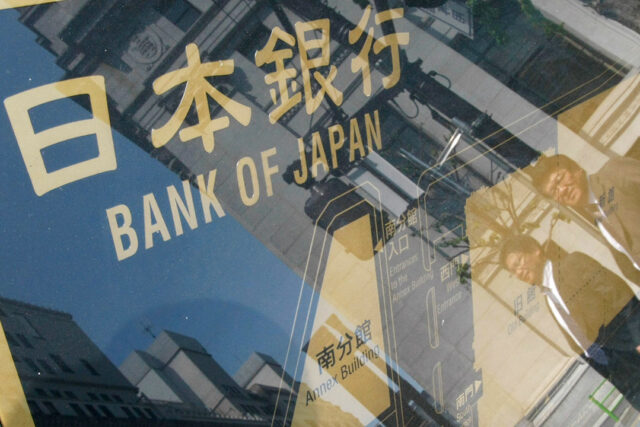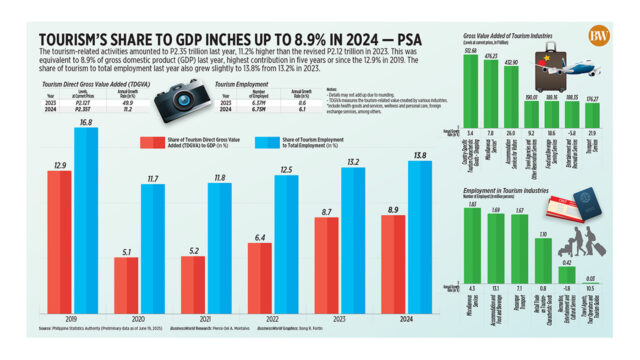Pixar film Elio follows a family’s imperfect intergalactic journey
LOS ANGELES — Zoe Saldaña feels like her new film Elio, from Walt Disney’s Pixar Animation Studios, is a story about the imperfect journey that parents and their children go through.
“I think it’s okay to look at your kids and sort of just not know what to do, because that is a way that you can connect with your children, because half of the time they don’t know what to do as well,” Ms. Saldaña, a mother of three, told Reuters.
Elio debuts in movie theaters on Friday. (It is already showing in the Philippines, with an MTRCB rating of PG.)
The film follows a lonely 11-year-old boy named Elio Solis, voiced by Yonas Kibreab, who unintentionally becomes the intergalactic ambassador of Earth after being sent to a planet called Communiverse.
He must work with alien lifeforms, eventually realizing that he is not alone.
Film critics have applauded the movie from Pixar, the famed animation studio behind Toy Story and Finding Nemo. Elio has earned an 81% positive score in reviews collected on the Rotten Tomatoes website.
Hollywood studios, however, have faced challenges in drawing audiences to theaters for films with original stories. Elio may debut with some of the lowest opening weekend ticket sales of any movie from Pixar, according to industry analysts.
From Friday through Sunday, Elio is expected to bring in between $18-24 million for opening weekend in US and Canadian theaters, said Shawn Robbins, founder and owner of Box Office Theory and director of analytics for Fandango.
Disney projects an opening of around $25 million.
In the movie, Ms. Saldaña voices Olga Solis, Elio’s aunt who takes care of him, alongside Brad Garrett as Lord Grigon, a bulky, worm-like alien warlord, father, and ambassador.
Mr. Garrett, a father of two, noted that Grigon has his own parenting journey in the film that starts off a little rocky.
“There’s so many over-controlling parents, right? That tried to mold their kid into what they had wanted to be, or what they think they should be,” Mr. Garrett said, referring to Grigon.
The Everybody Loves Raymond actor said Elio is a movie that speaks to how everyone is unique, and children have their own path.
Mr. Kibreab echoed this, saying that he believes the film is rooted in families that support one another fully.
“They’re always going to be there for you whenever you need a shoulder to lean on and also if you’re feeling doubt or feeling lonely,” he said.
For co-director Domee Shi, feeling isolated at a point in her life helped her create the character Elio.
“This is about the weird kid before they’ve made any friends, when they are just feeling so alone,” the Turning Red director said. “I feel like I went on that journey. Definitely at some point in my life as a kid too, I felt like that weird, artsy kid who was the only kid in Toronto that watched animé at some point, but once I went to animation school and I found my people, that’s when I felt like I opened up,” she added. — Reuters















